Stamp collecting is a fun and interesting hobby enjoyed by millions of people all over the world. Interesting enough, stamp collecting can be a costly. In fact, for some people their stamp collections are their investments.
Now, if you are a stamp collector who is curious and wants to determine the postage stamp prices of your collection, this article can help you. Have you ever wondered how much value is your stamp collection amount to in terms of the postage stamp prices? When we speak of postage stamp prices here, we speak of the stamp’s value as an investment.
Postage stamps prices referred here are more often that not, the market and not the face value of the stamp or the stamp collection as a whole. There are several ways to establish the postage stamp prices of your collection. You can contact local stamp dealers in your locality. Reliable dealers can provide good postage stamp prices. There are also online stamp price guide which you can check anytime as long as you have a computer and internet connection.
More often than not, stamp dealers will pay from twenty-five to seventy per cent of your collection’s total postage stamp prices. Dealers will pay the postage stamp prices on your collection’s “book value”.
Now, if you want to determine the postage stamp prices on your own that is also possible. There are several factors you have to take into consideration when personally appraising postage stamp prices.
Factors to consider include:
• the stamps place of origin
• stamp condition
• whether the stamp has been used or not
• the age of the stamp
• availability of the stamp
These five factors are important in appraising postage stamp prices. Place of Origin In determining postage stamp prices, it is crucial to make certain from which country the stamp was produced. All countries have their names on their stamps except for Great Britain.
Great Britain uses the monarch’s silhouette. For non-English speaking countries, their names are printed in their original languages. You can consult stamp guides for country names translation until you are more familiar with the foreign country names. Stamp Condition The second important factor to consider when appraising postage stamp prices is the condition of the stamps.
There is a world of difference in postage stamp prices between a “Very Fine” condition against a “Good” stamp condition. Postage stamp prices can differ from ten to seventy per cent of the stamp’s worth. There are several things to consider in evaluating the postage stamps grading and condition.
Factors include:
• the centering of the image in the stamp
• the size and the immensity of the stamps cancellation
• rips and repairs in the stamp
• color fading
• hinge marks
Stamps in perfect condition will most have higher postage stamp prices from a stamp buyer or dealer. Used and Unused Stamps Postage stamp prices are also influenced by whether the stamp is used or is in its mint condition (unused). Mint stamps have higher postage stamp prices compared to their used counterparts.
However, if used stamps have unique or interesting cancellation dates, they tend to have higher postage stamp prices than the mint variants. Age of the Stamp The age of your stamp collections is also crucial in determining the postage stamp prices. In this section, postage stamp prices refer to the stamp’s face value.
Usually, newer stamps have higher postage stamp prices. For dating the stamps, postage stamp prices are used. For example, with a face value of twenty-two cents, the stamp is most likely from the Nineteen Eighties when the face value of stamps were around twenty-two cents.
Stamp Availability The last factor to consider in appraising the postage stamp prices is a bit more complicated to determine.
Rare stamps are those that were issued for a restricted span of time (commemorative stamps). Or, those stamps with higher or unusual postage face value. Definitive stamps are the rarest stamps and they have soaring stamps value. Definitive stamps are those stamps that were issued as a general all-purpose stamp of a common denomination.
Rare stamps include those with obvious mistakes or flaws. The most expensive stamp in the world and one of the rarest is the US Airmail stamp printed in 1918. The stamp is an image of a biplane printed upside down. Only one sheet of these stamps has been found in existence, with each individual stamp commanding almost two hundred thousand dollars.
Rare postage stamps command high postage stamp prices. Stamp Guides and More A magnifying glass and a perforation guide are important stamp collecting tools. Several stamps issued in Nineteenth Century were printed with minimal alteration in design and perforation.
If you were able to determine the stamp’s place of origin, the general date, and the condition of the stamp, you can consult a stamp guide. You can purchase stamp guides from your local bookstore or borrow one from a local library.
An illustrated stamp guide usually has pictures of stamps with which you can compare with actual stamps. The guides will list appraising rules and tips and supply postage stamp prices based on the stamps’ condition.
Determining the price of postage stamps is not as easy as it sounds. However with a good stamp guide, and an observant collector’s eye, an enthusiastic stamp collector can determine postage stamp prices without difficulty in no time.

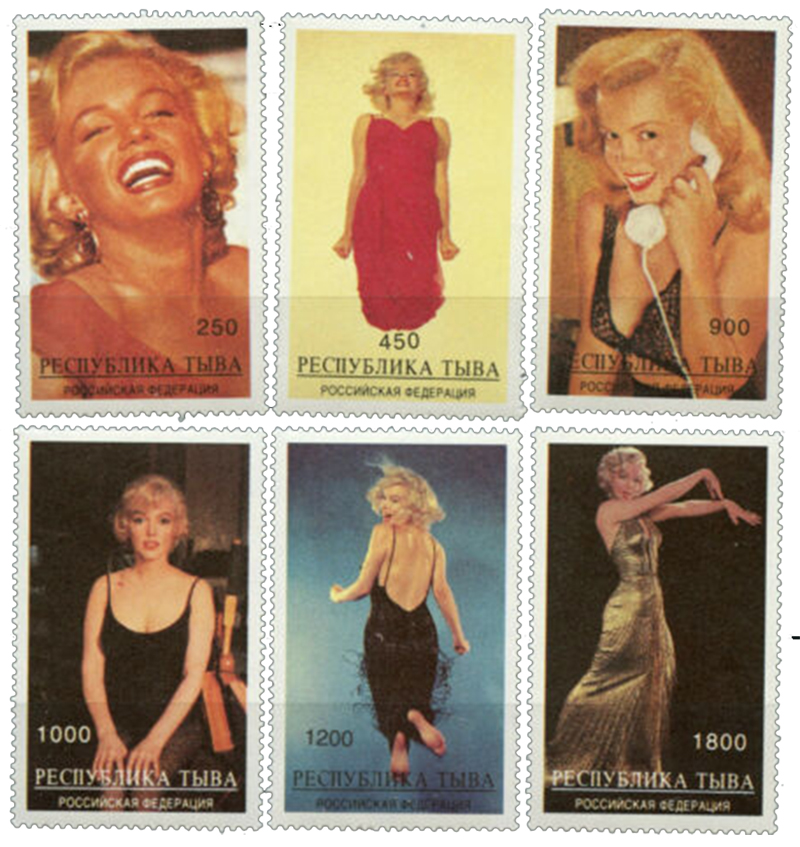
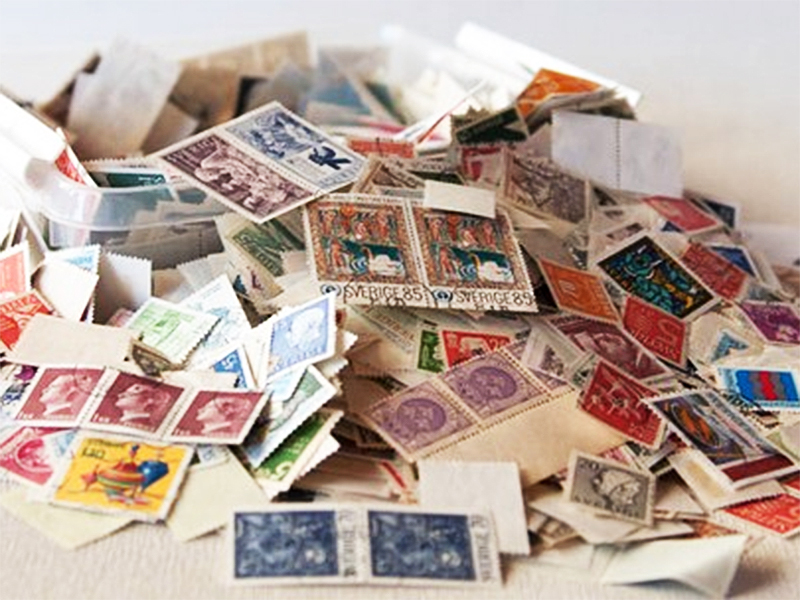
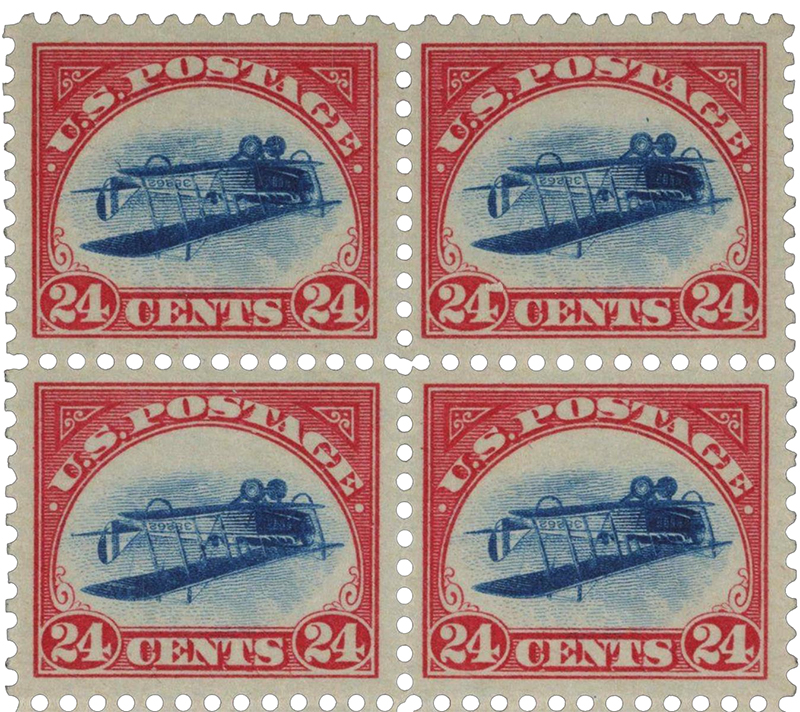
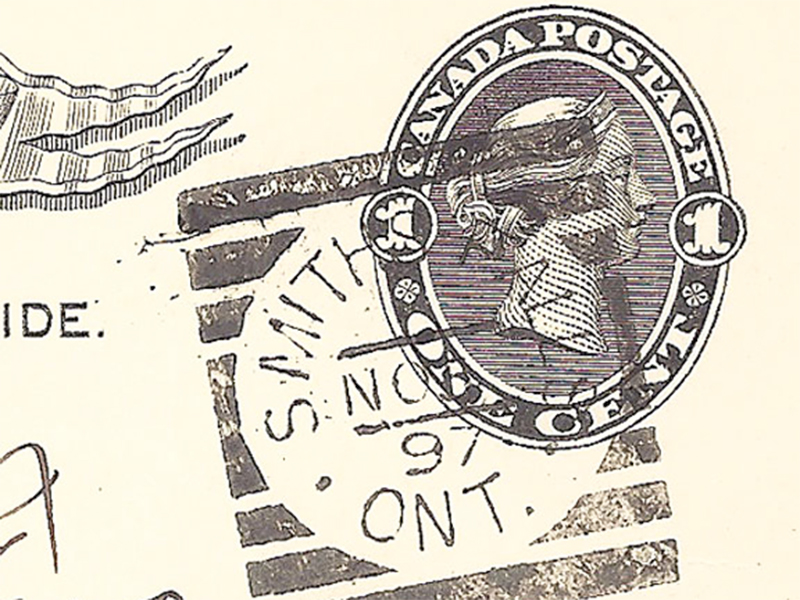
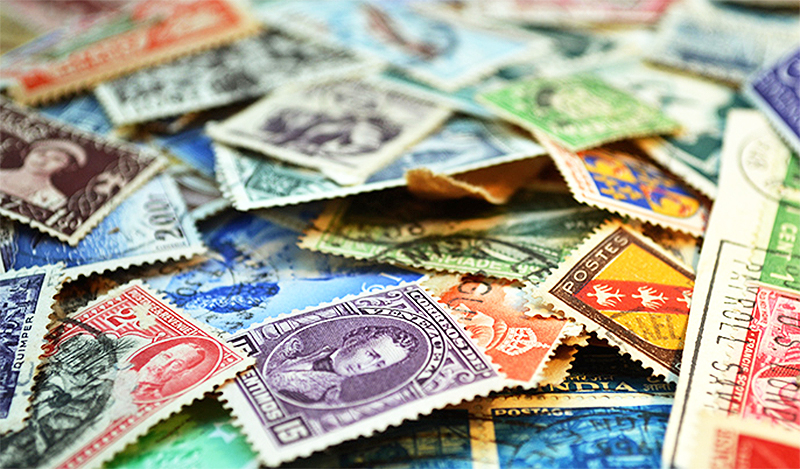
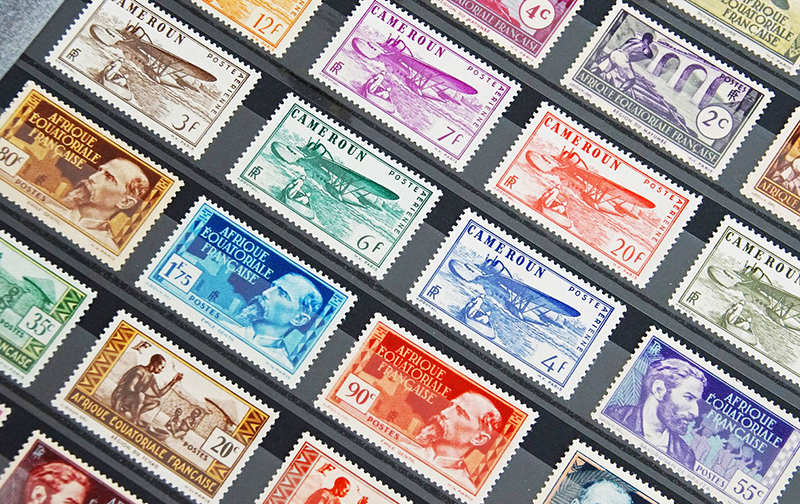
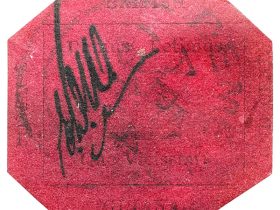
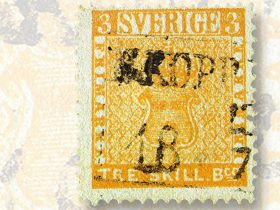
Leave a Reply